Tecumseh Engine
Information

Tecumseh Small Engine Maintenance
and Repair Tips
Maintain your outdoor power equipment well and it will repay you in durability and trouble-free service.
Here are a few useful tips on maintaining your Tecumseh
small engine:
- Clean or replace spark plugs frequently. Most small engines use a single spark plug, so if the spark plug fails, it stops the engine completely. Inspect engine spark plug for damage or corrosion and (if mildly corroded) spray with carburetor cleaner, and clean away deposits with a wire brush. If spark plug is too corroded, replace with a new one. Always have spare spark plugs (correct size and heat range for your engine) on hand so you can replace whenever necessary.
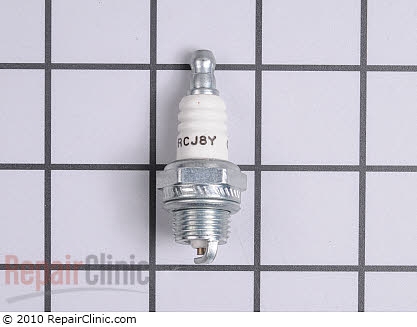
Spark Plug for Tecumseh Small Engine
- You should inspect the oil in your engine (for level and quality) before every use of your equipment. Oil should be changed often, and will if done so will protect the engine and save on expensive repairs in the future. Only the best quality oil should be used so the engine stays clean and free of gunk. When you change the oil, change the oil filters as well.
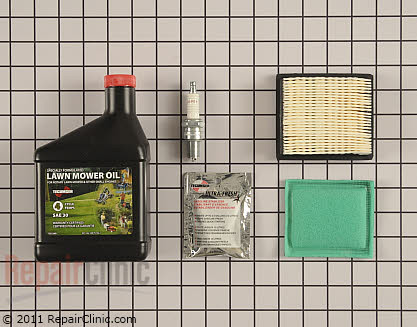
- After every two uses or so, remove the carburetor sediment bowl, empty it and clean well the inside of the bowl, as well as the filter trap. Humidity and moisture cause water condensation to form and water in gasoline can shut down the engine and quickly rust internal parts.
- Sponge-type air filters on small engines should be cleaned after every few jobs as they rapidly clog up with dust, grass and garden debris. Most sponge filters can be washed in warm water and dish washing soap. Canister fiber or filament-type air cleaner elements cannot be cleaned, but need to be replaced on a regular basis. Always keep a few extra filters on hand so you can change them when the need arises.
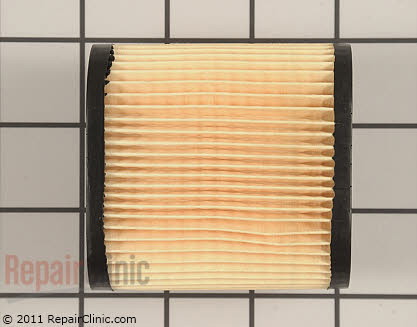
- The internal pressure created by the small engine - as well as the outside vibration - places a lot of stress on the fuel lines. Inspect the fuel lines as well as the connection points frequently and splice away any cracked or leaking fuel line areas. Keep an extra fuel line and extra spring clip connectors or hose clamps on hand so you can replace them whenever you need to.
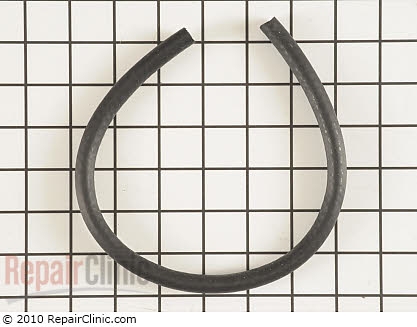
- If your small engine won’t start, the first thing to do is make sure that there is fuel in the tank. If the fuel in your small engine tank is older than 30 days, drain the fuel from the tank, and replenish with fresh fuel. Old, dirty or contaminated gas can create ignition problems and damage the engine. Check to confirm that the ignition switch is turned on, and that the shut-off fuel valve is open. Examine the fuel lines for kinks or damage, check the air cleaner to for blockage and clean (or replace) the filter as needed.
- If your engine won’t start, inspect battery connections and terminals. If the battery does not seem to hold a sufficient charge, use a voltmeter to check the levels. The charge should read 11 - 13 volts when engine is turned off, and 13.5 volts when engine is running. The battery should be replaced every four years. Also, don’t forget to check the fuse in the wiring harness, located under the dash. Replace the fuse if necessary.

- If the engine on your machine dies and refuses to restart, check the carburetor mounting bolts. Also, examine the engine head bolts, and if you hear a popping sound, it means that the bolts need to be secured.
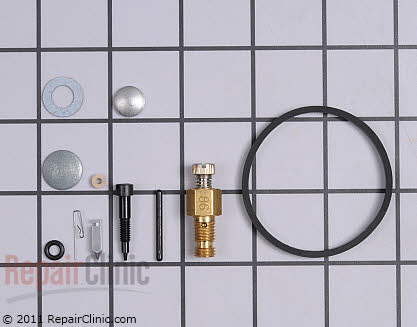
- If your small engine runs only with a full choke and stops running in "Medium-Choke" or "Run" position, there might be a vacuum leak somewhere in the engine. The mating surface of the carburetor and intake manifold is the most likely place for a vacuum leak, so check there first. Spray carburetor cleaner around the carburetor-manifold joint and if the engine speed picks up, this is a good indication that there is a vacuum leak. Sometimes the leak can be stopped by tightening the carburetor mounting bolts, but replacing the carburetor base gasket is a more secure way to ensure that the leak is fixed.
- To dispense with burned exhaust gases, your engine needs to exhale - and this action causes the baffles inside the small mufflers to rust and deteriorate. Rusting can cause clogging of the exhaust port and once this happens, your engine won’t be able to discharge the exhaust but will hesitate, make popping noises and eventually die. To ensure that this is the problem, remove the muffler and restart the engine. If, after you have removed the muffler your engine fires up, it definitely shows that the problem is a clogged muffler. Replace the muffler.
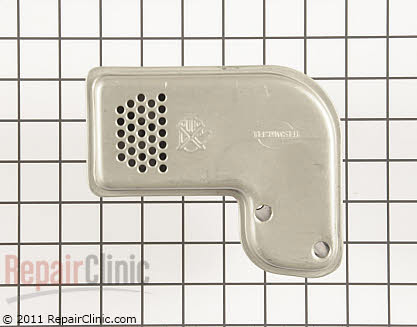
- When the engine has diminished power or no power at all, you need to inspect the engine carburetor. To see if the carburetor circuit has malfunctioned this is what you need to do: remove the air cleaner and spray a bit of carburetor cleaner or starting fluid into the carburetor air intake throat. After you have sprayed, if there is any increase in engine performance – it’s a good indication that the carburetor has failed to deliver fuel. To fix your carburetor problem, tighten the carburetor housing bolts, remove the fuel filter trap, clean or replace the fuel filter trap or screen.
- A hissing engine noise coming from the top of the cylinder head might be showing that the head gasket has been blown. Cylinder heads are subjected to constant vibration, expansion and contraction. Try tightening the head bolts and see if the noise lessens or completely disappears. If it does, it means that the head gasket seal has weakened from wear and tear or has cracked and blown. The carburetor gasket should be replaced.
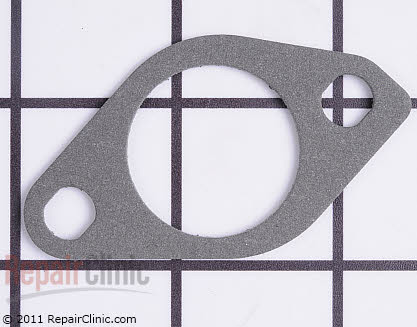
- If you have noises – loud knocking or clunking - coming from the bottom of your engine, this could be an indication of a connecting rod bearing that has gone bad. Clicking or clattering noises could be indicative of a slapping valve. To make sure that the sound is occurring from piston slap noise, try pouring a cap of engine oil into the spark plug hole. Afterwards, start the engine and see if the noise disappears for a little while. If it disappears temporarily, but then comes back, any of these issues could be the culprit: a scalded piston skirt, worn piston pin or bad piston rings.

